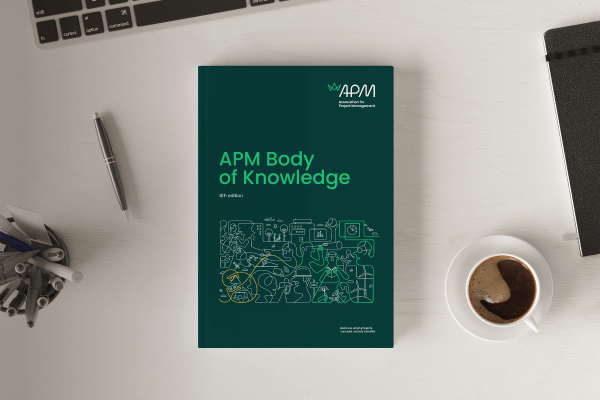
The APM Learning portal is an online resource which provides members with access to digital guides, modules and other digital learning resources as part of the membership benefit.
Configuration management encompasses the technical and administrative activities concerned with the creation, maintenance, controlled change and quality control of the scope of work.
A configuration is the functional and physical characteristics of a product as defined in its specification and achieved through the deployment of project management plans.
Definition from APM Body of Knowledge 7th edition

Configuration management can be regarded as an asset control and it is essential whether one or more versions of a deliverable is created.
To implement configuration management, the project professional resources the following five activities:
Business information modelling (BIM) is related to configuration management. Business information modelling involves the generation and management of digital representations of physical and functional characteristics of buildings and places.
Building information models are digital files (often but not always in proprietary formats and containing proprietary data) which can be extracted, exchanged or networked to support decision-making regarding a building or other built asset.
The key output of a well-controlled configuration management process is:
This article provides insight into how change is managed in three organisations delivering complex projects – Airbus, CERN and Crossrail – and how those methods are evolving in the era of ‘big data’... read more.

The APM Body of Knowledge 7th edition is a foundational resource providing the concepts, functions and activities that make up professional project management. It reflects the developing profession, recognising project-based working at all levels, and across all sectors for influencers, decision makers, project professionals and their teams.


The APM Learning portal is an online resource which provides members with access to digital guides, modules and other digital learning resources as part of the membership benefit.

Browse our popular project management 'What is ...?' topics for definitions, quick insights, view related case studies, research, blogs and glossary.

Project – APM's official journal – is circulated quarterly for members only, and online for regularly updated news, blogs, opinions and insights for those in the project community.

The APM Community is our online community platform that connects our members faster and easier than ever before.